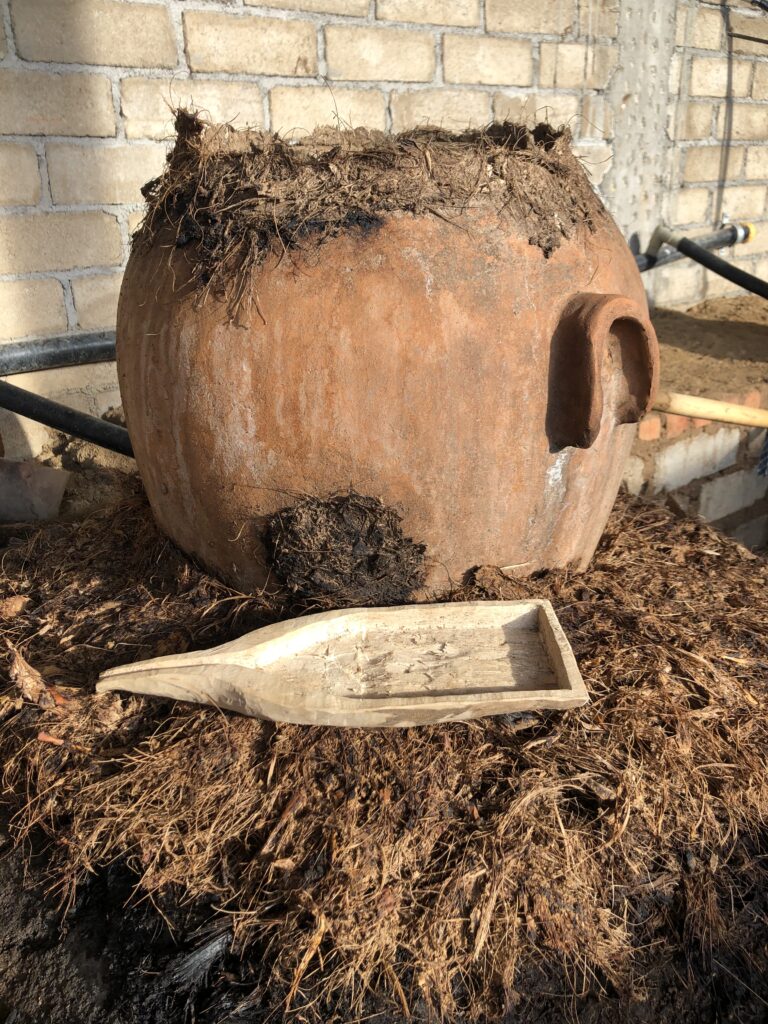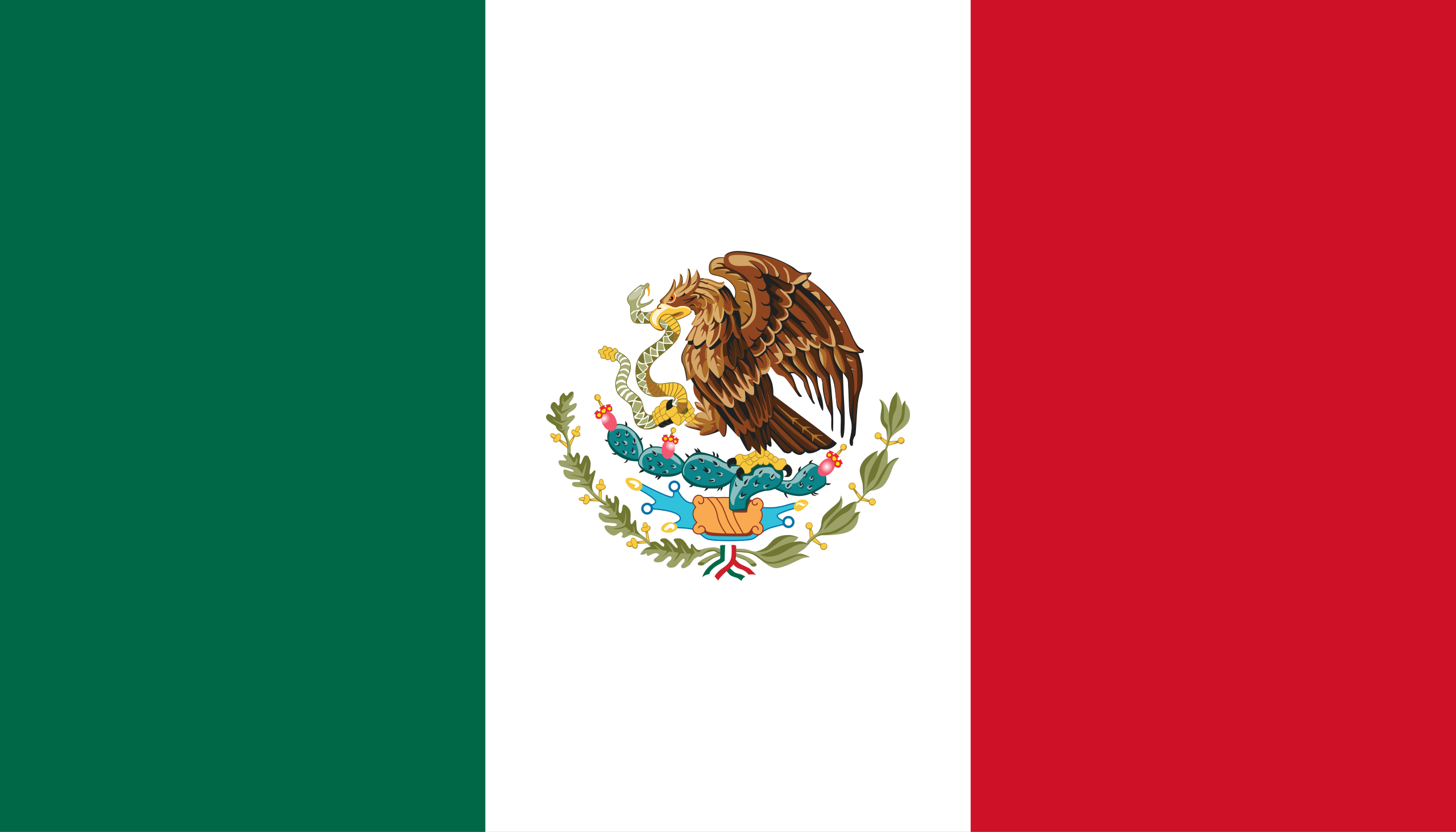According to COMERCAM’s 2022 statistics, 95.56% of the mezcal sold in Mexico falls under the categories of Mezcal and Artisanal Mezcal, while only 0.44% corresponds to Ancestral Mezcal.
The definition of each process is established according to the 070-SCFI-2016 standard, based on the characteristics of the methods and tools used during the main production stages such as roasting, crushing, fermentation, and distillation.
The details of both processes are shown in the video linked.
The method used directly determines the amount of labor involved, the time required, and the production yield. The ancestral method is considerably less efficient, more labor-intensive, and therefore more expensive.
However, for those who enjoy earthy, mineral, lactic, and silky flavors, ancestral mezcal is truly irreplaceable, as the interaction of clay with the mash during distillation infuses the spirit with an exceptional combination of aromas and flavors.
In our opinion, copper still distillates typically exhibit a more pronounced cooked agave flavor, as well as more accentuated fruity or spicy notes.
In terms of production figures, it can be stated that the average yield of the artisanal process is approximately 30% higher than that of the ancestral method, which clearly impacts the product’s value in the highly selective market of Agave Spirits or Mezcals.
PUNTIAGUDO distills artisanally in Miahuatlán de Porfirio Díaz, in the state of Oaxaca, and in San Miguel Atlapulco, in Puebla. Our Ancestral products are distilled in Santa Catarina Minas and Santa Catarina Albarradas, both located in the state of Oaxaca.
To learn more about these regions and the people behind the craft, visit the “About” section on this page.
Lastly, it’s important to know that the alcohol content of a product can help identify the production method used.
It’s common for semi-industrial distillates to range between 40–45% ABV, while artisanal or ancestral mezcals typically range from 46–53%.
Source of information: https://mezcologia.mx/mezcal-ancestral/amp/




